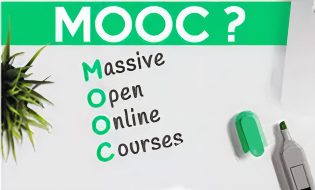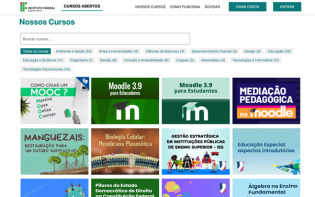Between the human and the artificial: towards a digital teaching approach based on the generative dialectic of AI
Published 11 June 2025

Photo by: Kadier Torres
This article explores AI-assisted digital teaching through the lens of digital dialectics. It highlights how human-AI interaction can foster critical thinking, argumentation, and knowledge construction, while warning against cognitive sedentarism. Emphasizing ethical use, it presents AI as a human extension that should support—not replace—deep, reflective learning.
Introduction
In the current context, the emergence of Artificial Intelligence (AI) has radically transformed the ways in which we teach, learn and produce culture. Beyond being a technical tool, AI functions as a mirror and extension of human intelligence, altering traditional teaching through a digital dialectic that puts the relationship between technology, society and knowledge under strain. This article proposes to explore digital teaching from the perspective of AI-assisted dialectics, understanding how human-machine interaction can enhance higher cognitive processes, such as critical reflection, argumentation and knowledge construction.
Conceptual framework
Digital dialectics is the dynamic and often contradictory interaction between digital technologies and society, including culture, work, and politics. In education, this dialectic is expressed in the tension between the facilitative use of technology and the risk of cognitive sedentarism, the loss of skills such as memory and deep thinking.
AI systems, particularly generative technologies based on large language models (LLMs), not only process data but also ‘converse’ and generate questions, emulating a form of dialogue that can rescue the Socratic perspective on the value of questioning for learning. Here, the use of prompts is not a mere command, but an exercise to develop higher-order skills: explaining, arguing and substantiating reasoning.
The concept of ‘artificial’ has two key meanings: something that is not natural and something made by humans. In this sense, AI is essentially human, as it reflects, amplifies and expands our own cognitive abilities, posing a challenge for teaching: how can we take advantage of this technology without losing the essence of human education?
Development: The impact of AI on digital teaching
AI as a dynamic tool raises new questions about educational objectives, methods and content. AI-assisted digital teaching must transcend the mere transfer of information and encourage the active construction of knowledge through dialogue with systems that simulate human thought.
The dialectic between facilitation and cognitive sedentarism
While AI facilitates complex processes and pattern identification, it can also contribute to cognitive sedentarism, diminishing skills such as memory. AI-assisted teaching must balance the use of technology with strategies that maintain and develop fundamental cognitive skills.
The digital Socratic conversation: prompts and reasoning
The use of prompts in generative AI promotes a method of questioning that can activate critical and explanatory thinking processes. This assisted dialectic creates a space for the development of higher cognitive abilities, in which the educator plays a fundamental role as mediator.
Ethical and social implications
Digital teaching must consider the ethical responsibilities in the use of AI, including equity in access, the preservation of intellectual autonomy, and transparency in interaction with generative technologies.
Conclusions
Digital teaching based on AI-assisted dialectics represents an opportunity to rethink education in the digital age, recognising that artificial intelligence is an extension and multiplication of human intelligence. Its integration should be geared towards enhancing questioning, dialogue and critical thinking, preserving the essence of human learning and addressing the challenges of cognitive sedentarism and digital ethics.



